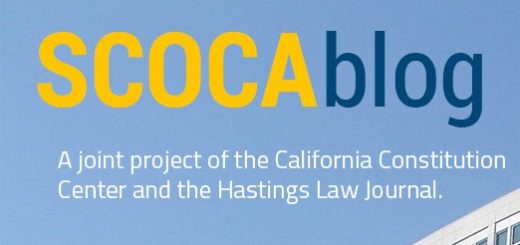No, you can’t abolish a constitutional power by statutory initiative
Overview During the oral argument in Castellanos v. State of California (S279622), the justices several times posed this question to counsel: could the voters by initiative abolish workers’ compensation? We would have answered that question: “Certainly not, your honor, because the electorate cannot defeat or materially impair the constitutional power of a branch with a statutory initiative.” That simple answer flows, as we explain below, from our view that California’s core powers analysis should apply to the voters when they act against another branch. Analysis Review: the core powers analysis should apply to the electorate To briefly recap our previous...




